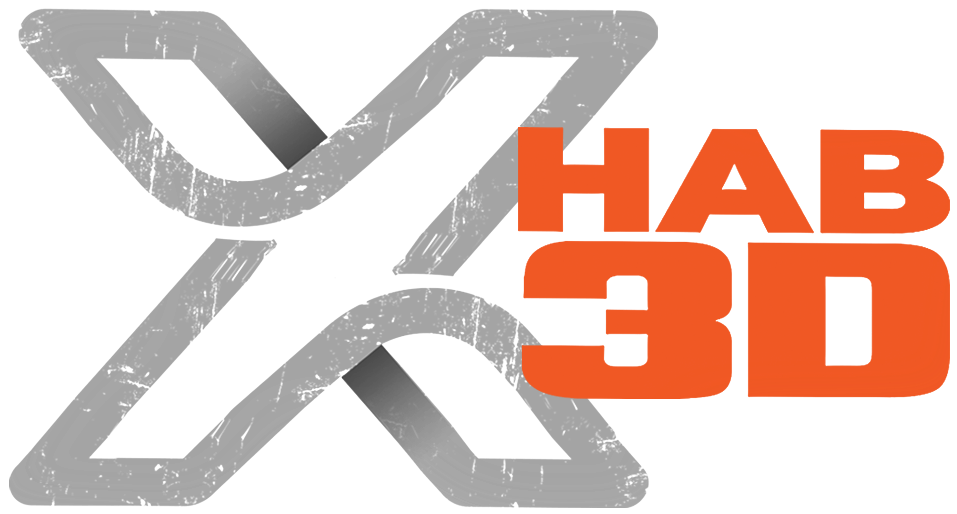STATE COLLEGE, Pa. — X-Hab 3D, Inc., and a team comprising university, government, and private sector collaborators have secured a $1.2 million matching grant from the United States Department of Housing and Urban Development (HUD) to demonstrate the viability of 3D concrete printing (3DCP) of houses in rural Alaska. This is a transformative initiative aimed at addressing Alaska's urgent need for affordable housing.
This collaborative effort brings together a unique collection of experts to pioneer the use of 3DCP technology in constructing high-quality, energy-efficient homes in the challenging sub-arctic conditions of Alaska.

Since receiving the grant in August, X-Hab 3D has played a pivotal role in the effort by providing a compact, mobile 3DCP system optimized to perform in cold climates, helping to develop the 3DCP mixture to be used to print houses in colder temperatures, and being involved in all other aspects of this undertaking.
"We are thrilled to be part of this cutting-edge initiative that addresses the critical need for affordable housing in rural Alaska,” said Bruce Kraselsky, X-Hab 3D’s CEO. “X-Hab 3D is dedicated to pushing the boundaries of construction technology, and this project exemplifies our commitment to innovation is a testament to the strength of our collaboration with esteemed partners and underscores the potential of 3D concrete printing in challenging climates.”
In addition to X-Hab 3D, collaborators include:
- Xtreme Habitats Institute
- The City of Nome, Alaska
- Pennsylvania State University
- University of Alaska Fairbanks
- National Renewable Energy Laboratory (US Department of Energy)
- The Innovative Readiness Training unit of the US Department of Defense,
- The Alaska Air National Guard,
- Alaska Housing Finance Corporation
- Fairbanks Sand and Gravel Co.
"As a principal investigator on this project, I am honored to be part of a diverse and accomplished team working towards a common goal. The collaboration between academia, government, and private sector entities is a key element in driving innovation,” said Dr. Jose Duarte, Director of the Stukeman Center for Design Computing at Penn State, said. “(Penn State) is excited to contribute our architecture, engineering, and materials science capabilities to demonstrating the viability of 3DCP for affordable, energy-efficient, durable housing in the Alaskan sub-arctic. This initiative not only addresses the housing crisis but also demonstrates the transformative power of interdisciplinary cooperation in solving real-world challenges.
“We look forward to advancing the field of 3D concrete printing through this pioneering endeavor."
The HUD grant was matched by contributions from the Denali Commission, the Alaska Housing Finance Corporation, the City of Nome, and the Rasmuson Foundation.
